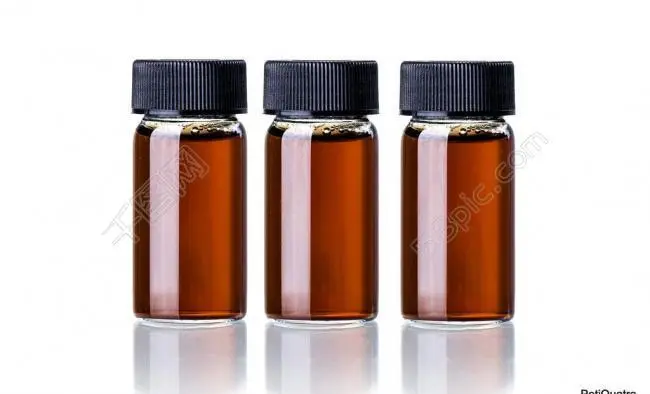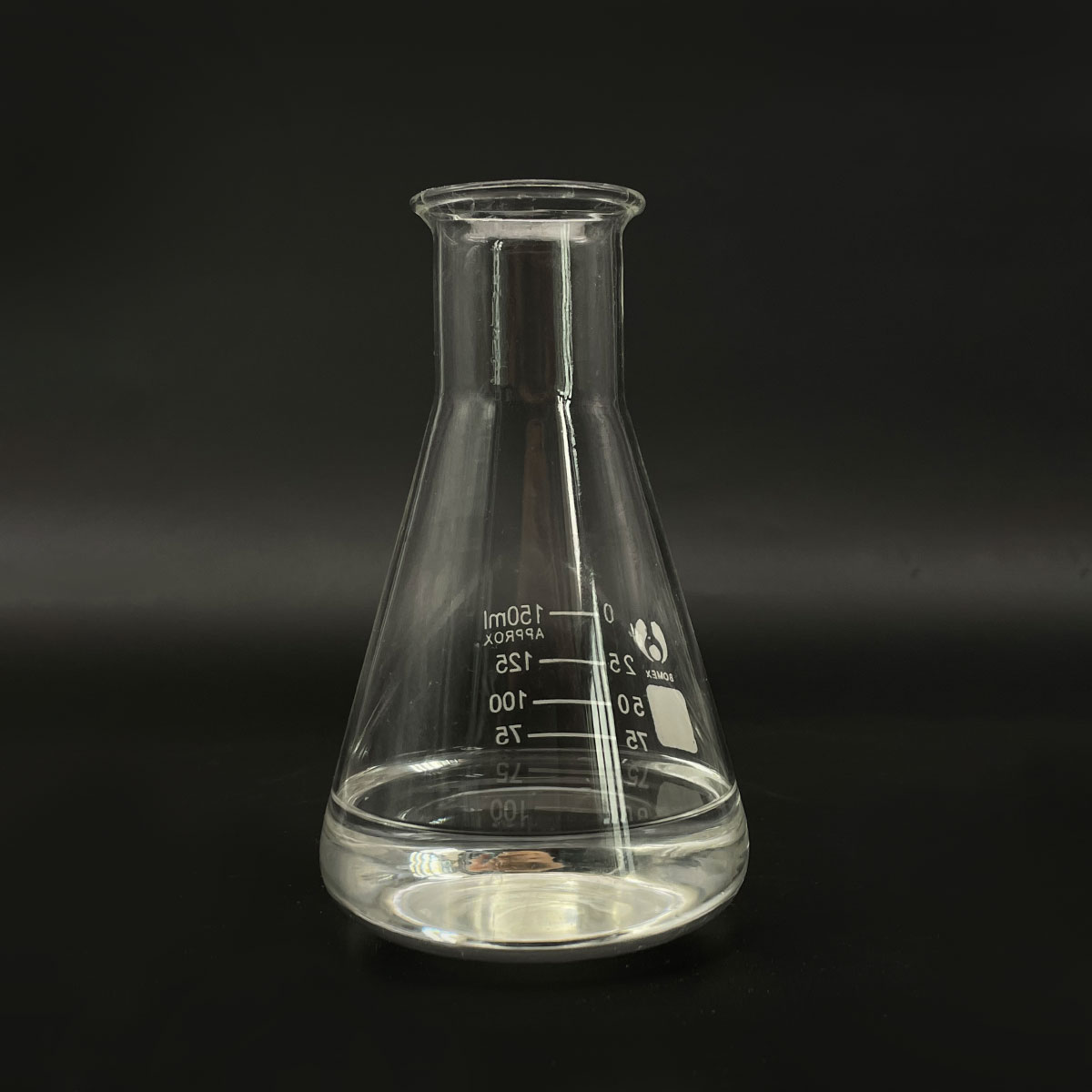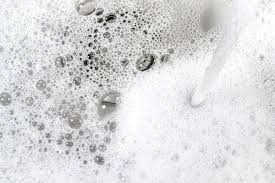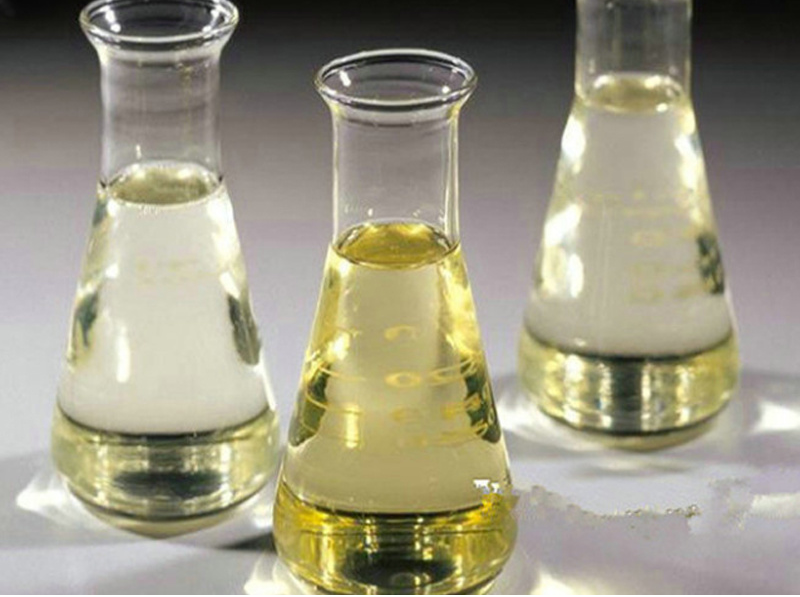**Secret Sauce in Your Soap: What Exactly IS Surfactant Made Of?**
(What Is Surfactant Made Of)
We encounter surfactants constantly. They clean our clothes, help us wash dishes, make shampoo lather, and even help farmers grow crops. But what’s actually *in* these magic molecules? Let’s break down the building blocks of surfactants.
**1. What is Surfactant? The Core Molecule Explained**
Think of a surfactant molecule like a tiny tadpole. It has two distinct ends with very different personalities. One end loves water. We call this the hydrophilic head. It’s attracted to water molecules. The other end hates water. This is the hydrophobic tail. It prefers oily or greasy things. This split personality is the key to how surfactants work. They lower the surface tension of water, letting it spread out and wet surfaces better. More importantly, they bridge the gap between water and oil. The hydrophobic tails grab onto grease and dirt. The hydrophilic heads face the water. This forms structures called micelles, trapping the grime inside so it can be rinsed away. Surfactant is the essential active ingredient making cleaning possible.
**2. Why Use Surfactant? It’s All About the Power to Connect**
Water alone struggles with grease, oil, and dirt. These substances repel water. That’s why washing oily hands with just water doesn’t work well. Surfactants solve this problem. Their unique dual nature lets them act as mediators. They reduce water’s surface tension. This allows water to penetrate fabrics and spread over surfaces it normally wouldn’t. They emulsify oils. This means they break oils into tiny droplets suspended in water, preventing them from clumping back together. They help suspend dirt particles in water, stopping them from settling back onto surfaces. Without surfactants, soaps wouldn’t clean, shampoos wouldn’t lather, paints wouldn’t spread evenly, and fire extinguishing foams wouldn’t form. They make incompatible things work together.
**3. How is Surfactant Made? Building the Tadpole**
Making surfactants involves chemistry. Manufacturers combine specific raw materials to create the hydrophilic head and hydrophobic tail, linking them together. The hydrophobic tail usually comes from long-chain hydrocarbons. These often originate from petroleum sources like crude oil or natural sources like coconut oil or palm oil. Fatty acids or alcohols derived from these fats are common starting points. The hydrophilic head determines the surfactant type. Common heads include sulfates, sulfonates, ethoxylates (like those from ethylene oxide), or quaternary ammonium compounds. The manufacturing process typically involves reactions like sulfonation (adding a sulfur-based group), ethoxylation (adding ethylene oxide units), or quaternization (adding nitrogen-based groups). Think large chemical reactors, controlled temperatures, and catalysts driving these reactions. The result is purified surfactant, ready for use.
**4. Surfactant Applications: Far Beyond Just Suds**
Surfactants are everywhere. Their ability to mix oil and water, reduce tension, and clean makes them indispensable.
* **Cleaning Products:** This is the biggest use. Detergents (laundry, dish), soaps, hand washes, all-purpose cleaners, floor cleaners – they all rely heavily on surfactants to lift dirt and grease.
* **Personal Care:** Shampoos, body washes, facial cleansers, toothpaste, shaving cream all use surfactants for cleansing and foaming.
* **Industrial & Institutional:** Used in metal cleaning, textile processing, leather treatment, paper manufacturing, and large-scale cleaning in factories, hospitals, and restaurants.
* **Agriculture:** Pesticides and herbicides often include surfactants. They help the spray stick to plant leaves and spread evenly, improving effectiveness.
* **Paints & Coatings:** Surfactants help pigments mix evenly in liquids. They ensure paint spreads smoothly and adheres well to surfaces.
* **Oil Recovery:** Injected into oil wells to help release trapped oil from rock formations.
* **Food:** Used as emulsifiers in items like mayonnaise, ice cream, and salad dressings to keep oil and water blended.
* **Construction:** Added to concrete to make it flow more easily.
**5. Surfactant FAQs: Your Questions Answered**
* **Are surfactants safe?** Most surfactants used in consumer products are safe when used as directed. Different types have different safety profiles. Regulations exist to ensure safety. Some people might experience skin irritation from certain surfactants.
* **Are surfactants natural?** Some surfactants are derived from natural sources like coconut or palm oil (e.g., Sodium Lauryl Glucoside, Coco Glucoside). Many common surfactants are synthetic, made from petroleum. “Natural” doesn’t always mean safer or better.
* **Is surfactant bad for the environment?** This depends on the specific type and how it breaks down. Some older surfactants were very persistent and caused foaming in rivers. Modern regulations push for biodegradable surfactants that break down more easily in wastewater treatment plants. Research continues to improve environmental profiles.
* **What’s the difference between soap and surfactant?** Soap is a specific *type* of surfactant. Historically, soap is made by reacting fats/oils with an alkali (like lye). Modern detergents use a wider variety of synthetic surfactants, often designed to work better in hard water or for specific cleaning tasks. All soaps are surfactants, but not all surfactants are soaps.
(What Is Surfactant Made Of)
* **Why do some shampoos say “sulfate-free”?** Sulfates (like Sodium Lauryl Sulfate – SLS) are powerful cleansing and foaming surfactants. Some people find them too harsh, potentially stripping hair of natural oils or irritating the scalp. Sulfate-free shampoos use alternative surfactants, often gentler but sometimes producing less lather.
Inquiry us
if you want to want to know more, please feel free to contact us. (nanotrun@yahoo.com)




